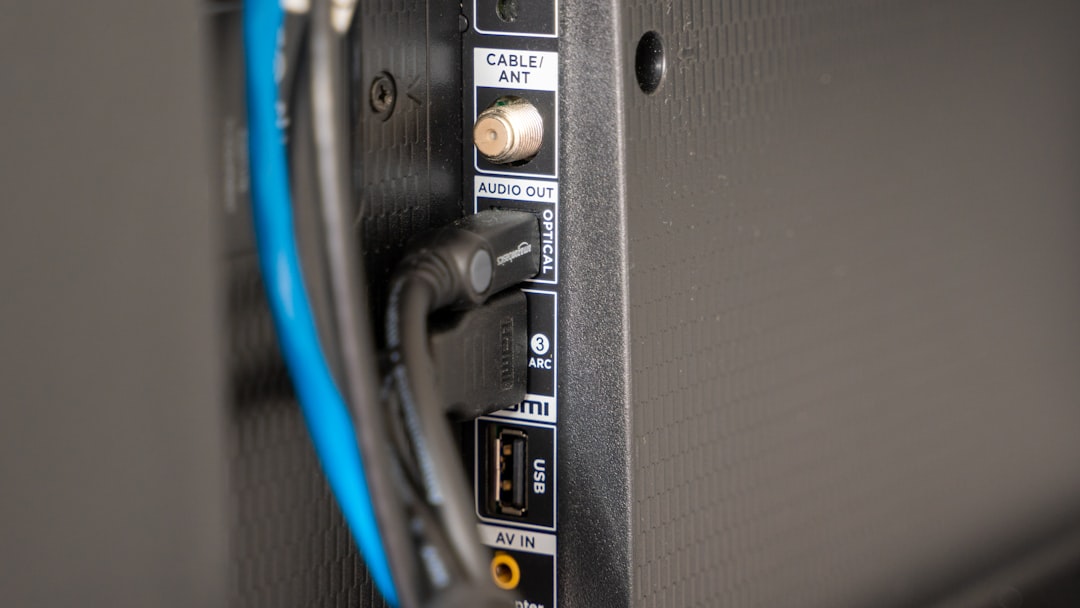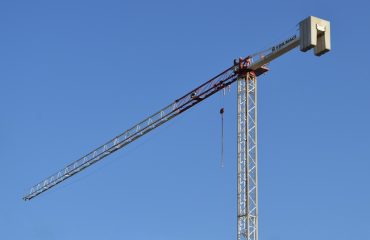In industries where equipment faces constant vibration, impact, and extreme conditions, the reliability of connection systems is paramount. A failure can lead to catastrophic consequences, from equipment malfunction to complete system breakdown. This is where shock-resistant connection systems step in, providing robust and dependable solutions for even the most demanding environments.
Understanding the Mechanics of Shock Resistance
Shock resistance in connection systems hinges on several key factors. The primary goal is to dissipate or absorb the energy from an impact, preventing it from being transferred to the connected components and causing damage. This is achieved through a combination of material properties, design features, and manufacturing processes. Materials with high elasticity and toughness, such as certain polymers and specialized alloys, are crucial in absorbing impact energy. Design features, like flexible joints, damping elements, and strategically placed stress relief points, play a critical role in redirecting and dissipating shock waves. Precision manufacturing ensures consistent performance and minimizes potential weak points.
Materials Science: The Backbone of Shock-Resistant Connections
The choice of materials is a cornerstone of shock-resistant connection system design. High-performance polymers, such as polyurethane and silicone, offer excellent elasticity and vibration damping capabilities. These materials can withstand significant deformation without fracturing, effectively absorbing impact energy. Metals, particularly those with high yield strength and ductility like certain grades of stainless steel and titanium alloys, are often used in high-stress applications where strength and durability are paramount. Composite materials, combining the benefits of both polymers and metals, are increasingly employed for their tailored properties, offering a balance between weight, strength, and shock absorption. The selection process considers factors like the specific application, the anticipated level of shock, and the operating environment.
Design Innovations: Engineering Resilience into Connections
Innovative design plays a crucial role in enhancing shock resistance. Features like flexible joints, using materials with inherent flexibility or incorporating flexible elements like bellows or convoluted tubing, allow for controlled movement and energy dissipation during impact. Damping elements, such as elastomeric inserts or hydraulic dampers, effectively absorb vibrational energy and reduce the transmission of shocks to the connected components. Stress relief features, including fillets, chamfers, and strategically placed reinforcements, minimize stress concentrations and prevent fracture initiation. The use of redundant connections or fail-safe mechanisms provides backup in case of primary connection failure, ensuring continued operation even under extreme conditions. Advanced simulation techniques, such as finite element analysis (FEA), are employed to optimize designs and predict performance under various shock loads.
Testing and Validation: Ensuring Robust Performance
Rigorous testing is essential to validate the performance and reliability of shock-resistant connection systems. A range of standardized tests, including impact tests (e.g., drop tests, pendulum impact tests), vibration tests, and fatigue tests, are employed to evaluate the system’s ability to withstand various shock and vibration loads. These tests simulate real-world operating conditions and assess the system’s resilience under extreme stresses. Data acquired during these tests is crucial for design optimization and ensuring that the system meets the required performance specifications. Environmental testing, encompassing temperature cycling, humidity exposure, and salt spray testing, is also critical to assess the system’s long-term durability and reliability in various operating environments.
Future Trends in Shock-Resistant Connection Technology
The field of shock-resistant connection systems is constantly evolving, driven by the demand for more robust, reliable, and efficient solutions. Advancements in materials science, such as the development of novel high-performance polymers and composites, are leading to lighter and stronger connections. Smart connection systems, incorporating sensors and data analytics, are emerging, enabling real-time monitoring of system health and predictive maintenance. Additive manufacturing (3D printing) offers the potential for customized designs and optimized geometries, leading to improved shock resistance and reduced weight. The integration of advanced simulation techniques and artificial intelligence (AI) is driving innovation in design optimization and performance prediction, paving the way for even more resilient and reliable connection systems in the future.
The development and application of shock-resistant connection systems are critical for ensuring the reliable operation of equipment in challenging environments. Continuous research and development in materials, design, and testing methodologies will continue to push the boundaries of resilience, paving the way for safer, more efficient, and longer-lasting connections across diverse industries.
SEO Tags:
- Shock Resistant Connectors
- Vibration Damping Connections
- Impact Resistant Systems
- High-Performance Connectors
- Industrial Connection Systems




